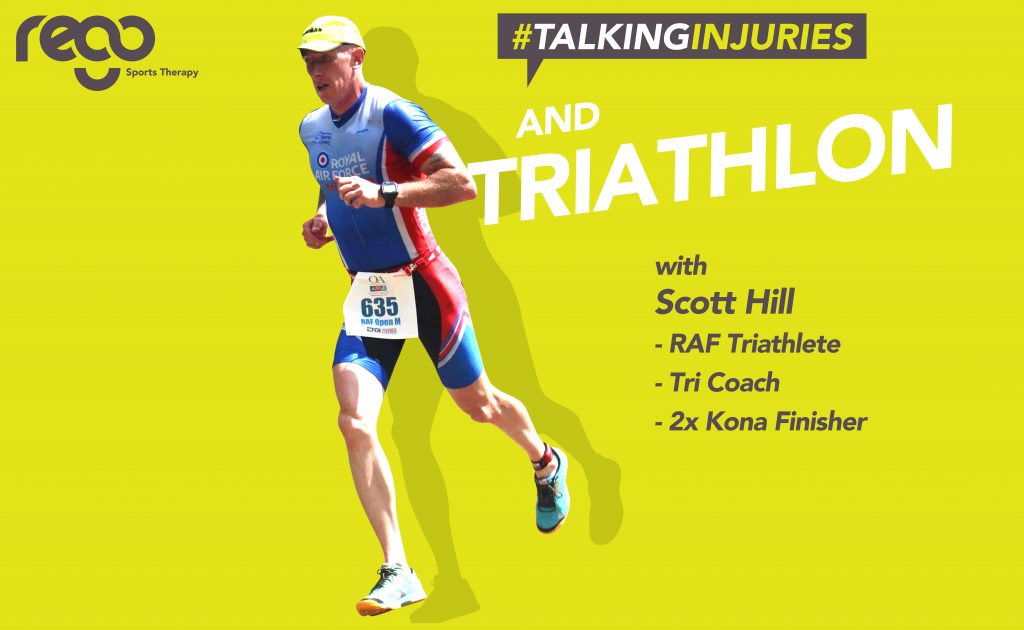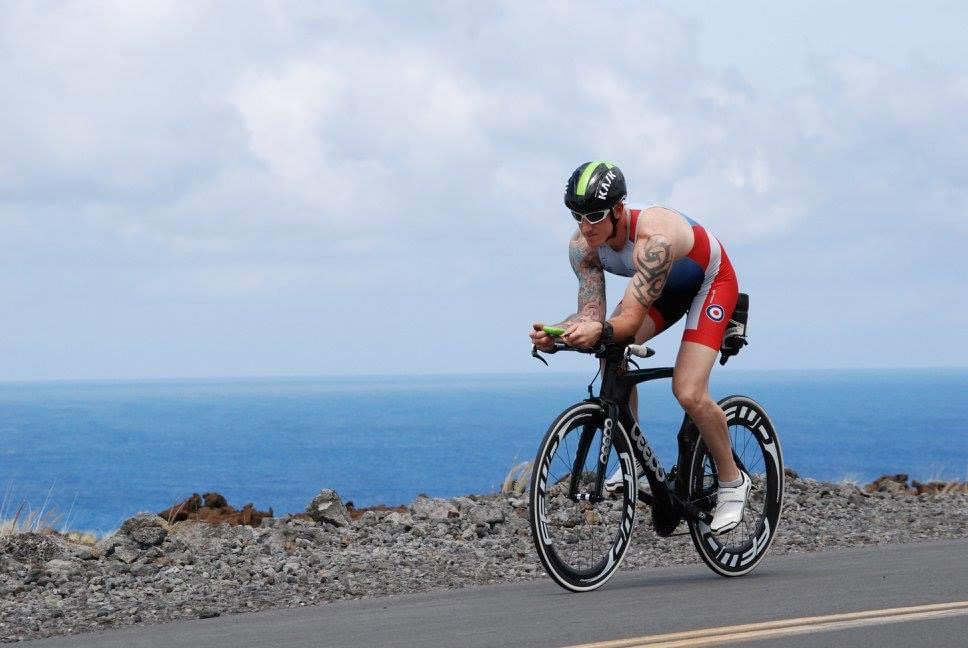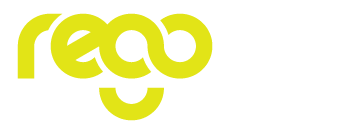Let’s talk Triathlon

Triathlon. I’ve never done one myself but it’s still on the ‘to do’ list. There’s something about the challenge of doing the 3 disciplines consecutively that appeal to me.
In this #talkinginjuries I chat with Scott Hill, RAF Triathlete, and Coach about his love affair with triathlon, his recent injury, and some advice for budding triathletes like myself.
MC: Scott, how did you get into Triathlon?
SH: In 2012 a group of us from the RAF decided to cycle from Lands End to John O’Groats, but on the way swim across Lake Bala (Wales), Lake Windermere (England), and Loch Ness (Scotland), and climbed the three tallest peaks in the UK too.
MC: What is it about Triathlon that captured your interest?
SC: The different challenges, in distance and location. They all vary and the people in the triathlon world tend to be nice and friendly. But also, the three sports mean you can counterbalance with other people if you are better at one discipline over another.
MC: What was your first Triathlon?
SH: First Triathlon was Ironman UK (Bolton) in 2014. This was also my first marathon. I’ve now completed 12 Iron Man, 13 Half Iron plus a few marathons.
MC: What’s your best achievement so far?
SH: Became the first person in the RAF to race the Ironman World Championships in Kona Hawaii twice in its 40-year history.
MC: What’s a typical week of training look like?
SH: Currently a little bit lacking in some areas due to COVID-19 restrictions, but generally a mix of swim, bike, and run in a variety of ways. I’m also doing gym work and in more recent months some yoga to work on my flexibility.
MC: You’ve recently had an injury to your lower leg. What was the injury and how did you treat and manage it?
SH: I’ve had a calf strain that resulted in Achilles Tendonitis caused by the excessive pulling and tightness of the calf muscle. Repetitive running over hills resulted in a delayed strain.
In the first 2 weeks, I had to let the swelling settle. Although there was only a little swelling it was sore to touch.
Then I went into massage and stretching. I adapted my stretches slightly so I could just feel the injury.
I used ice packs twice a day from day one until about 8 weeks, I then introduced some limited running on a treadmill. I made sure that my training never went above 3-4 out of 10 on a pain scale, and found that getting mobile helped the recovery process. If the pain started to rise I stopped straight away.
The whole injury took around 12 weeks to fully recover. This is because connective tissue like tendons and ligaments take longer to heal than muscle, as they don’t have a significant blood supply to deliver essential nutrients that repair the damage.
MC: How does Sports Massage Therapy play a role in your fitness cycle?
SH: It’s played a massive role in my rehabilitation. Humans are pretty bad at looking after themselves, we generally work till we break and then wonder why. Most of us pick up an injury doing normal daily activities not always through sport. But the massage treatment is the same irrespective of how you got injured. If you pull a muscle throwing a ball or picking up a cat it is the same injury and the same treatment is needed. Regular massage can help keep the mobility in muscle and also reduce the stickiness of the fascia (the connective tissue that surrounds muscle) that can build up by repetitive use. Smooth fascia is healthy and it allows the muscles to stay responsive to all types of tasks. This results in less chance of becoming injured.
MC: How important are rest days in your training cycle?
SH: Rest days are vital in adaptation, we need to allow the body to repair. Most people have experienced (DOMS) Delayed Onset Muscle Soreness which goes in time as the muscle heals and the toxins are flushed. If we don’t then at some point the body will force you to stop. Normally by an injury, and that stops training for more than a rest day.

MC: Now that you’re an experienced triathlete and coach, what would you say has been your biggest learning that you pass on to your athletes?
SH: Listen to your coach; don’t worry what your mate is doing or the athlete being coached by someone else. And, if you don’t have a coach, get one! They will provide you with a program that will train you with the correct balance which will give you a better survival rate of not becoming injured and will ensure development happens. Injuries do happen and will always happen but minimising and mitigating risk is always better.
MC: What flexibility exercises do you regularly adopt to help all 3 disciplines?
SH: The part that everyone should be doing but the part many forget to do. With age flexibility exercise becomes more important as our bodies need the extra help to recover. This does not need to be excessive but 20 – 30 min a day can help performance & reduce the chances of an injury. Yoga, Pilates classes, or follow-along videos on YouTube for beginners is a good place to start.
MC: Do you have any tips on race nutrition?
SH: Find a product that works for you and use it in training and racing if possible. Everyone is different and some products can upset the stomach.
MC: What advice would you give to someone thinking of training for their first sprint distance triathlon?
SH: You do not need to spend your entire life savings on the kit. Enjoy what you do and build your kit slowly as you grow into the sport. Choose your first event wisely and get the family involved. Triathlon can be a lonely sport, it is a journey, so enjoy it and get the most out of it.
